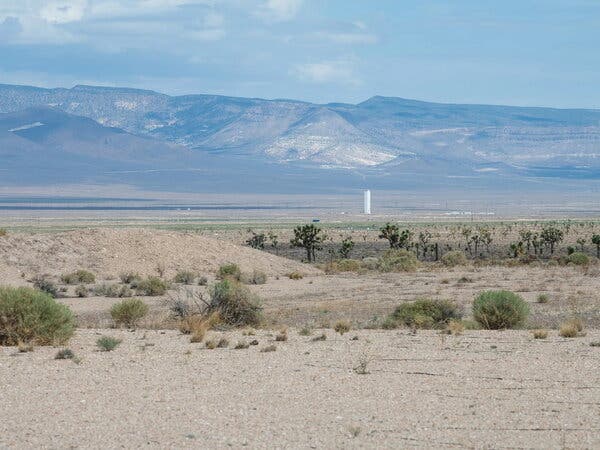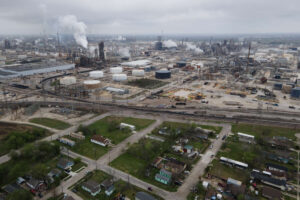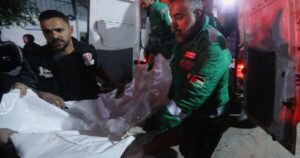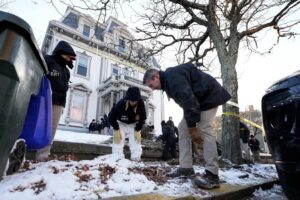
Former President Donald Trump recently threatened to restart nuclear weapons testing, raising significant questions about both national and global security. This statement comes as the United States invests tens of billions of dollars annually in maintaining its extensive nuclear arsenal, which is regarded as one of the most formidable in the world.
Understanding the U.S. Nuclear Arsenal
The United States currently possesses approximately 3,700 nuclear warheads, with around 1,700 of these deployed, according to the Federation of American Scientists. This arsenal is not solely composed of bombs; it includes warheads that can be deployed via various platforms, such as bombers like the B-2 and B-52, missile silos, and submarines. Contrary to Trump’s assertion, the U.S. does not hold the title for the largest number of nuclear weapons; that distinction belongs to Russia.
The United States is currently engaged in a modernization program aimed at updating its entire stockpile. This effort is projected to cost around $1.7 trillion over three decades. The program seeks to replace old warheads with advanced versions and enhance their delivery systems, reinforcing the U.S. commitment to its nuclear capabilities.
The Implications of Nuclear Testing
Concerns about the effectiveness of nuclear weapons without explosive testing have been raised. The logic parallels that of maintaining automobiles—regular maintenance and testing are essential, even for older models. Currently, the U.S. spends approximately $25 billion each year on the upkeep of its nuclear arsenal, a program referred to as stockpile stewardship. This initiative does not involve explosive testing; instead, it utilizes a range of advanced technologies, including supercomputers and sophisticated laser systems.
The last underground nuclear test in the U.S. took place on September 3, 1992, at the Nevada Test Site. This test, reported to be significantly less powerful than the Hiroshima bomb, marked the end of explosive testing for the U.S. as it voluntarily ceased such activities following the Cold War. The Comprehensive Nuclear-Test-Ban Treaty, proposed by Bill Clinton in 1993, sought to establish a global norm against nuclear testing, although it has not officially entered into force.
Should the U.S. consider testing nuclear weapons again, experts indicate that significant challenges would arise. The Nevada Test Site, an expansive area larger than the state of Rhode Island, has seen much of its critical equipment fall into disrepair. A 2013 document from the Department of Energy noted that a limited test could be conducted within six to ten months if necessary.
While some argue for the resumption of nuclear testing to assert dominance and deter adversaries, U.S. officials maintain that new bomb designs are progressing without the need for underground detonations. The Biden administration is working on its first new warhead since the Cold War, known as the W93. This thermonuclear weapon is designed for submarine-launched missiles and aims to enhance safety and reliability within the nuclear arsenal.
The global landscape for nuclear testing has evolved, particularly with the establishment of monitoring systems by the Comprehensive Nuclear-Test-Ban Treaty Organization. This organization operates more than 100 monitoring stations worldwide, capable of detecting seismic activity and identifying potential nuclear detonations.
As discussions about nuclear testing resurface, the implications for international relations and security remain profound. With the backdrop of modernization efforts and the complexities of nuclear policy, the conversation around nuclear weapons continues to be both crucial and contentious in shaping the future of global security.







